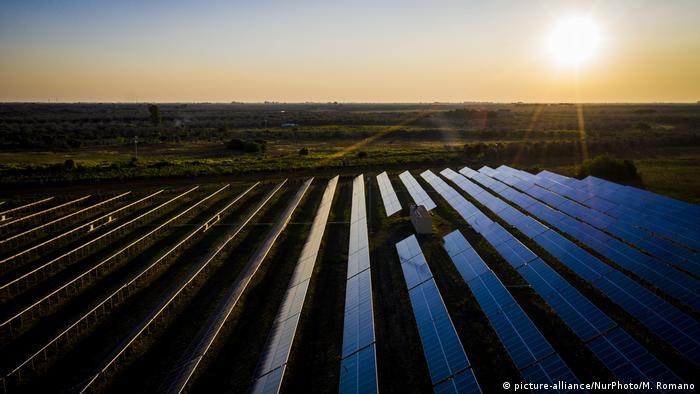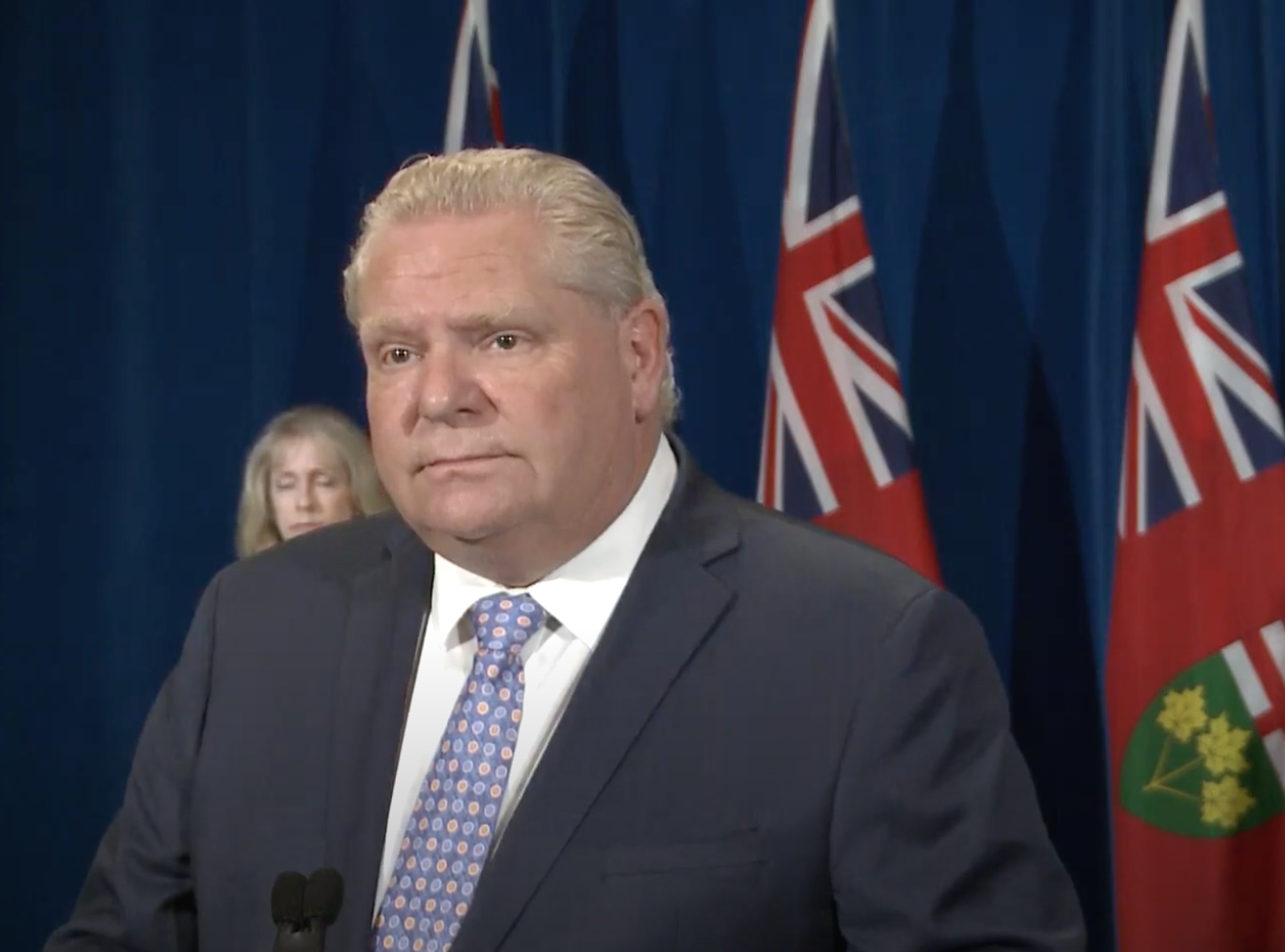
In December, 2019, the Ontario Minister of the Environment, Conservation and Parks revoked the Renewable Energy Approval (“REA“) issued for the construction and operation of the Nation Rise Wind Farm. The Minister’s decision to revoke the approval was based largely on the potential of the project to harm bats in the local area. The Minister’s decision was surprising for a number of reasons: (1) the Minister revoked a decision made by a Director of his own Ministry to issue the REA; (2) the project had already been subject to and successful in an appeal before the Environmental Review Tribunal (“ERT“); and (3) Nation Rise Wind Farm, a 100 megawatt wind turbine project, was already well under construction.
On May 13, 2020, the Ontario Divisional Court quashed the Minister’s decision to revoke the REA finding that the Minister’s decision was unreasonable because the Minister had acted without statutory authority in raising new issues on the appeal, applied the wrong legal test in making his decision, and made factual conclusions that were not supported by the evidentiary record.1 In doing so, the Divisional Court also confirmed the application of a correctness standard to cases raising issues of procedural fairness.
Background
A REA, issued under the Ontario Environmental Protection Act (the “EPA“), is the key approval required to construct and operate a wind farm in Ontario. Proponents are required to prepare a comprehensive application for a REA, including various studies related to the natural environment, heritage features, noise impacts, and potential impacts to birds and bats in the area. The application is submitted to the Ministry of Environment, Conservation and Parks (“MECP“). The Director considers the application and may issue the REA (including any conditions) if he or she is of the opinion that it is in the public interest.2
In May, 2018, the Director issued a REA for the Nation Rise Wind Farm. The REA included various conditions, including conditions that required the company to monitor the impacts to bats and to implement plans to mitigate such impacts. Shortly after the Director issued the REA, the Concerned Citizens of North Stormont (“CCNS“) appealed the decision to the ERT.
An appeal before the ERT may only be required on the grounds that engaging in the project will cause: (a) serious harm to human health; or, (b) serious and irreversible harm to plant life, animal life or the natural environment.3 These are also the only grounds that the Tribunal may consider and, if the Tribunal determines that engaging in the project in accordance with the REA will not cause these harms, the Tribunal must confirm the decision of the Director.4
Evidence before the ERT during the Nation Rise hearing included expert testimony about anticipated bat mortality rates. The ERT cited two experts on behalf of Nation Rise in concluding that the project would not cause serious and irreversible harm to bats. The ERT found that CCNS had not met the onus of proving that the project would cause serious and irreversible harm to bats and dismissed the appeal. The specific issue of bat maternity colonies was never raised by any party before the ERT and was not mentioned in the ERT’s decision.
Following the ERT’s decision, CCNS launched a further appeal to the Minister. The EPA allows a decision of the ERT to be appealed to the Minister “on any matter other than a question of law” and the Minister “shall confirm, alter or revoke the decision of the Tribunal as to the matter in appeal as the Minister considers in the public interest“5.
Prior to issuing a decision, the Minister requested submissions from the parties. Nation Rise argued that the ERT made no error, that deference was owed to the ERT, that new issues could not be raised on the appeal, and that the appeal was not an appropriate avenue for effecting broader policy change. CCNS argued that the “public interest” consideration under the EPA gave the Minister broad discretion to interfere with the ERT’s decision. The Minister requested additional submissions, including with respect to bats, which the parties provided. However, once again, none of the submissions discussed bat maternity colonies.
On December 4, 2019, the Minister granted CCNS’ appeal and revoked the REA issued to Nation Rise. Although he found the ERT decision to be “thorough and well reasoned”6, he decided that the harm to bat maternity colonies would be “serous and irreversible”7. He went on to conclude that the project was not in the public interest when the supposed harm to bats was weighed against the “minimal contribution the project is likely to have to the electricity supply in Ontario”8.
Nation Rise filed an application seeking judicial review of the Minister’s decision. Nation Rise sought to quash the Minister’s decision on the basis that it was unreasonable, procedurally unfair, and that the Minister had acted with a reasonable apprehension of bias.
Divisional Court Decision
In an atypical fashion, the Divisional Court addressed the merits of the Minister’s decision before addressing the issue of procedural unfairness, even though (as the Court rightly acknowledged) a finding on the latter could negate the need to address the former. 9
The Divisional Court agreed with Nation Rise, finding that that the Minister’s decision was unreasonable and that the process by which the Minister had reached the decision was procedurally unfair.
Merits of the Minister’s decision
The key questions in the appeal focused on the proper interpretation of section 145.6(2) of the EPA, which provides the Minister with the authority to “confirm, alter or revoke the decision of the Tribunal as to the matter in appeal as the Minister considers in the public interest.” This is the first time that the Court has considered the proper interpretation of this section of the EPA.
The Court found that the reference to “the matter in appeal”, when read in the context of the entire section, requires the Minister to deal only with the matters in appeal raised by the party bringing the appeal.10 The Court found that the Minister unreasonably concluded that he had the authority to add new issues – namely the issue of bat maternity colonies – on the appeal.11
The Minister stated in his decision that he chose to exercise precaution in determining the seriousness of the harm to bats and determining whether it was reversible. The Court found this to be the wrong legal test. The Minister was required to determine whether the ERT had erred in finding that the test of serious and irreversible harm was met – a test that requires a finding that a project “will” cause both serious and irreversible harm to bats (not that it may, on a precautionary approach, cause such harm).12 The Minister was also unreasonable in his failure to consider the mitigation efforts that Nation Rise had proposed and whether they could reverse any of the alleged harm to bats.13 Further, the Court found that the Minister had made factual conclusions that were not supported by the evidence in the record and ignored other evidence.14
Procedural unfairness of the Minister’s decision
In addition to challenging the reasonableness of the merits of the Minister’s decision, Nation Rise argued that there had been a denial of procedural fairness in that the Minister failed to notify the parties that the issue of bat maternity colonies would be an issue on appeal, and failed to provide a separate hearing with respect to the appropriate remedy after a decision on the merits was issued.15
Nation Rise also argued that the Minister’s decision gave rise to a reasonable apprehension of bias, but this issue was ultimately not addressed by the Divisional Court given its findings of procedural unfairness on the other two issues.16
Notably, the Divisional Court’s analysis includes a confirmation that the framework set out in Vavilov17 (a recent Supreme Court of Canada case clarifying key aspects of administrative law) includes the application of a “correctness” standard of review to questions of procedural fairness.18 This means that a court will apply little or no deference to the procedural aspects of the decision under review.
In finding that there was a denial of procedural fairness in the Minister’s failure to properly notify the parties that bat maternity colonies would be an issue considered on appeal, the Divisional Court applied previously established administrative law factors19 to conclude that the Minister’s duty of fairness was more than minimal and “at least included the obligation to give the parties meaningful notice of the significant issues and the opportunity to address those issues”.20 This was particularly the case where “[b]at maternity colonies turned out to be the most significant issue in the appeal”21.
In also finding there was a denial of procedural fairness when the Minister failed to provide Nation Rise with a separate opportunity to address remedy after a decision of the merits was made22, the Divisional Court concluded that in the context of an appeal under the EPA parties are not capable of providing meaningful submissions on remedy prior to obtaining a decision on the merits.23 In so doing, the Divisional Court rejected the argument that different levels of procedural fairness apply to an ERT appeal versus a ministerial appeal.24
The Divisional Court concluded by finding that this was one of those exceptional instances where there would be no utility in referring the matter back to the Minister for reconsideration.25 The Divisional Court noted that an outcome of a further appeal to the Minister would be “inevitable” in that the only basis on which the Minister said he revoked the REA was his finding concerning bat maternity colonies.26 The Divisional Court also noted the regulatory risks to Nation Rise of any further delay in the completion of the project.27
Conclusions and Next Steps
The Divisional Court’s decision in Nation Rise Wind Farm is significant as it is the first time that the Court has considered the proper interpretation of section 145.6(2) of the EPA and the scope of the Minister’s ability to consider a REA appeal “in the public interest”. The Court clearly found that the “public interest” consideration arises only in respect of the particular matter being appealed and rejected the argument that the section provides the Minister with a broad policy role in reviewing a decision of the ERT.28
The Ontario government has stated that it is carefully considering this decision and its next steps. Stay tuned – we will be watching to see if the Nation Rise Wind Farm saga continues with a further appeal to the Ontario Court of Appeal.
SOURCE
Footnotes
1. Nation Rise Wind Farm Limited Partnership v. Minister of the Environment, Conservation and Parks, 2020 ONSC 2984 (CanLII) (“Nation Rise Wind Farm“)
2. Section 47.5 of the EPA.
3. Section 142.1(3) of the EPA.
4. Section 145.2.1(2) of the EPA.
5. Section 145.6(2) of the EPA.
6. Nation Rise Wind Farm, para. 33.
7. Nation Rise Wind Farm, para. 34.
8. Nation Rise Wind Farm, para. 39.
9. Nation Rise Wind Farm, paras. 52 to 53.
10. Nation Rise Wind Farm, para. 63.
11. Nation Rise Wind Farm, para. 91.
12. Nation Rise Wind Farm, paras. 98 and 99.
13. Nation Rise Wind Farm, para. 101.
14. Nation Rise Wind Farm, para. 119.
15. Nation Rise Wind Farm, para. 50.
16. Nation Rise Wind Farm, para. 155.
17. Canada (Minister of Citizenship and Immigration) v. Vavilov, 2019 SCC 65
18. Nation Rise Wind Farm, para. 123.
19. Baker v. Canada (Minister of Citizenship and Immigration), [1999] 2 S.C.R. 817.
20. Nation Rise Wind Farm, paras. 128 to 135.
21. Nation Rise Wind Farm, para. 137.
22. Nation Rise Wind Farm, para. 154
23. Nation Rise Wind Farm, paras. 143 and 153.
24. Nation Rise Wind Farm, para. 144.
25. Nation Rise Wind Farm, para. 158.
26. Nation Rise Wind Farm, para. 161.
27. Nation Rise Wind Farm, para. 162.
28. Nation Rise Wind Farm, paras. 77 and 78.
Originally published May 19, 2020
To view the original article click here
The content of this article is intended to provide a general guide to the subject matter. Specialist advice should be sought about your specific circumstances.



















 Will you add your voice to the growing demand for a just recovery and a Green New Deal
Will you add your voice to the growing demand for a just recovery and a Green New Deal Dylan Penner
Dylan Penner



